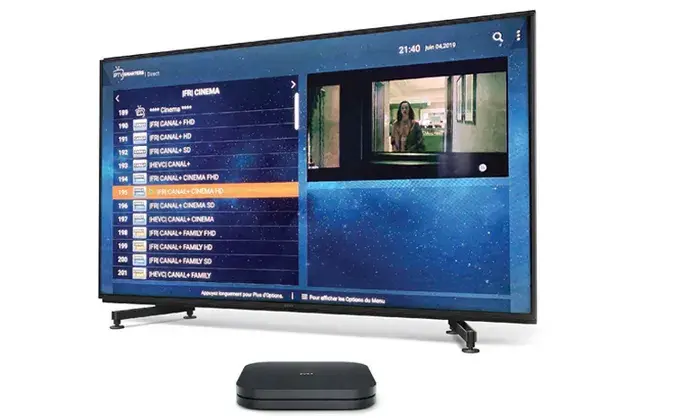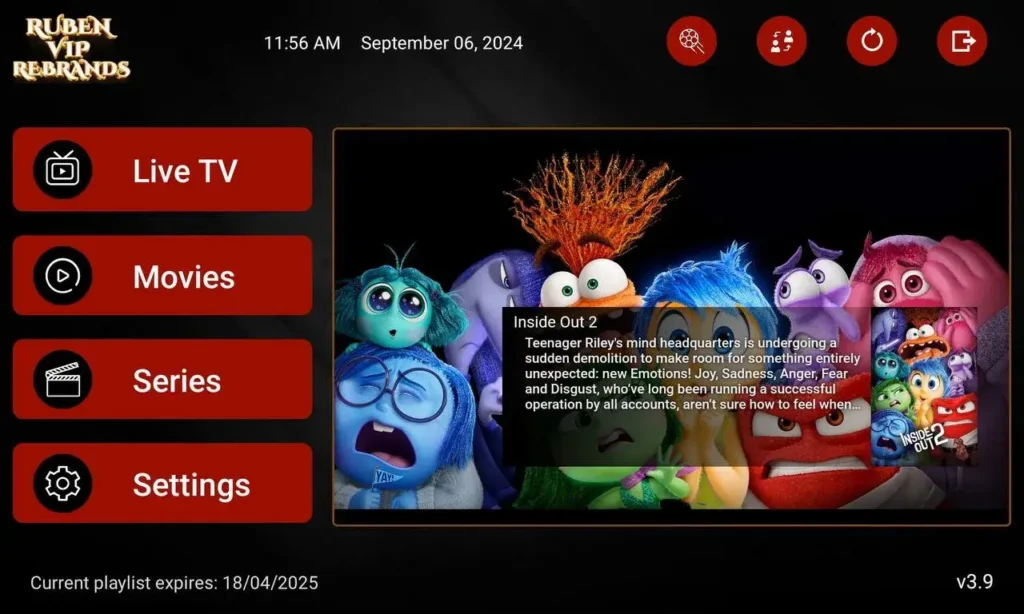How IPTV Works ?
Understanding the technology behind IPTV can help users appreciate its potential and limitations. Traditional television relies on broadcast methods such as satellite signals, cable lines, or terrestrial signals, whereas IPTV works entirely over internet protocol (IP). In simple terms, IPTV uses the internet to transmit television content to your screen.

Here’s a step-by-step breakdown of What is IPTV and How Does it Work?
1. Content Acquisition
IPTV services acquire content through various channels, such as partnerships with broadcasters, content providers, and even on-demand services. The content ranges from live TV broadcasts, including news, sports, and talk shows, to video-on-demand options like movies and series.
2. Encoding and Compression
Once IPTV acquires the content, it encodes and compresses it into digital signals. This step ensures that the content transmits efficiently over the internet without consuming excessive bandwidth. The encoding and compression processes are crucial because they maintain the content’s high quality while minimizing buffering or lag during playback.
3. Transmission via Internet Protocol
After encoding and compression, the content becomes a digital signal that travels over IP networks. Depending on the user’s setup, this could involve a local area network (LAN) or a broader internet connection. The content is then streamed through the internet to the user’s device.

4. Decoding and Rendering
When the digital signal reaches the user’s device, the device decodes the data and renders it into viewable content. The IPTV set-top box, smart TV, or streaming device plays a crucial role here. These devices decode the stream, and with the help of the user’s internet connection, display the content on the screen. The speed and bandwidth of the internet connection play a significant role in determining the quality of the video stream.
5. Interactive and On-Demand Features
One key aspect that sets IPTV apart from traditional broadcasting methods is its interactive nature. Users can pause, rewind, or fast-forward live TV. Additionally, they can choose specific content from an on-demand library. IPTV makes this possible by using buffering capabilities and digital storage, allowing users to access content whenever they wish.
6. Content Delivery Networks (CDN)
To ensure smooth and uninterrupted streaming, IPTV providers rely on Content Delivery Networks (CDNs). CDNs distribute streaming content across multiple servers in various geographical regions. As a result, they ensure low-latency content delivery, even during peak internet traffic times.
In summary, IPTV works by utilizing internet protocols to deliver television programming. It involves content acquisition, encoding and compression, transmission over the internet, decoding, and rendering on a device. Thanks to IPTV’s flexibility, users can enjoy interactive features, video-on-demand, and high-quality streaming, making it a compelling alternative to traditional TV broadcasting.

